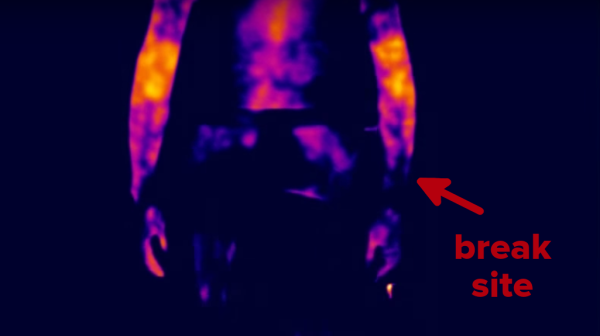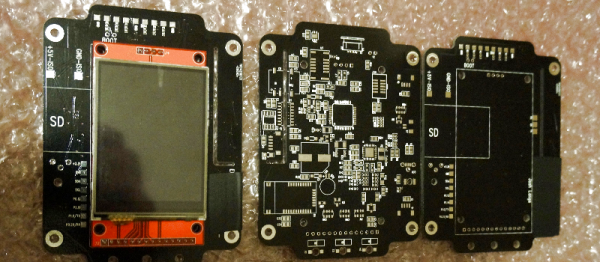Chemist and Biochemist [Thunderf00t] has shown us a really interesting video in which you can spot the wrist he broke 10 years ago using a thermal camera.
He was on an exercise bike while filming himself on a high-resolution thermal camera, As his body started to heat up he noticed that one hand was not dumping as much heat as the other. In fact one was dumping very little heat. Being a man of science he knew there must be some explanation for this. He eventually came to the conclusion that during a nasty wrist breaking incident about 10 years ago it must have affected the blood-flow to that hand, Which would go on to produce these type of results on a thermal camera while exercising.
Using thermal camera’s to spot fractures in the extremities is nothing new as it has the benefit of eliminating radiation exposure for patients, But it’s not as detailed as an X-ray or as cool as fluoroscopy and is only useful for bones near the surface of the skin. It’s still great that you can visualize this for yourself and even after 10 years still notice a significant difference.
Continue reading “Using A Thermal Camera To Spot A Broken Wrist”

















